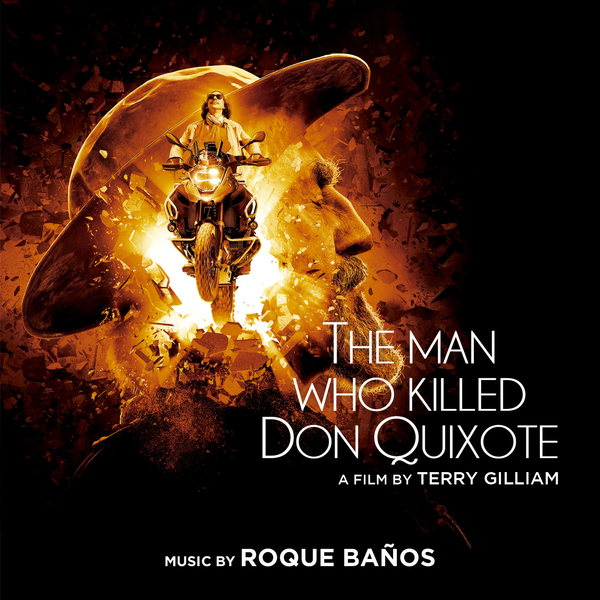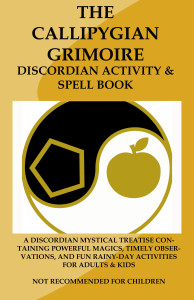
For a certain slice of the population (which includes me) “Gilliam’s Quixote movie” has for the past 20 years or so been kind of like the End Times to a fundamentalist Christian. Every few years we’d see some kind of a sign (occasionally accompanied by trippy visuals) that it was finally right around the corner, but it never happened. And just like zealots, we kept revising our dates and assuring everyone that this time the predictions really were true.
Even without going into the details of how and why the movie kept not getting made, the fact that it took Terry Gilliam this long to turn his Don Quixote movie into a reality is tragic. Every movie he’s ever made on some level deals with the blurring of the line between fantasy and reality, so he’s kind of been practicing for a Quixote movie his entire career. You’d think Hollywood studios would have lined up get a movie version of the first modern novel directed by the single most qualified person to direct it. They did not, but Gilliam kept trying to the point that no hack entertainment reporter could comment on film without comparing it to one of Quixote’s windmills. Gilliam finally unhorsed his windmill some time last year, and those of us in the U.S. got to see it on April 10, 2019.
It was really good. I’d like to say that it was the most amazing movie I’ve ever seen, that it was a transformational experience, and that it makes Gilliam’s previous work seem like trash in comparison. But I can’t. It was really good, but I don’t think it’s the best movie ever made, or even the best movie Gilliam ever made. That’s to be expected; I knew going in that there was no way the movie could meet my entirely unrealistic expectations.
Visually, I was expecting a lot more. While there’s all kinds of very Gilliamesque stuff going on in the last act of the movie, the vast majority is very realistic. It’s pretty, but it’s pretty in the way that a really good Western is pretty, with the landscape and locations doing most of the heavy lifting. When things do start getting Gilliamesque, it’s very practical and hand-made-looking, like The Red Knight in The Fisher King or the props and costumes in Baron Munchausen. After the slicker (and weirder) visuals in Parnassus and The Zero Theorem, it kind of feels like a step back. It’s entirely possible that this was a directorial choice–I can see how too much obvious CGI could undermine the point that Quixote’s reality is not consensus reality–but after the crazy visuals in the last two movies I can’t help but wonder whether Gilliam compromised just to get the damned thing made on the available budget.
Story-wise, I was a little surprised at how much of a straightforward an adaptation this was. That’s on me. I guess I’ve gotten so used to Gilliam playing around with the ideas from Don Quixote that I expected his adaptation of Don Quixote would somehow not be an actual adaptation of Don Quixote. Other than the modern-day setting (which is barely noticeable most of the time, given the rural locations), the main change is to the Sancho Panza and his relationship to Quixote, which can be summarized as follows:
A media jackass is unintentionally responsible for causing a man to go mad. Some years later, the media jackass encounters the madman and is drawn into his victim’s madness.
If that sounds familiar, it’s because the relationship between Toby/Sancho and Quixote is almost identical to the relationship between Jack and Parry in The Fisher King. The Fisher King does it much, much better. In the Fisher King, there’s a sense that Jack and Parry are linked in a way that neither of them can escape and Jack quickly develops a genuine concern for Parry. In the Man Who Killed Don Quixote, it feels like circumstance is the only thing keeping the two leads together and that either of them could and would walk away given the chance. Some of it could be acting (Bridges and Williams were both in peak form for The Fisher King), but I think differences in the characters also plays a role. Toby is still a respected Media Jackass who hasn’t experienced the humbling fall that made Jack’s sympathy believable. Quixote has fully given into his delusions and has all the arrogance of a nobleman; Parry, on the other hand, is on some level cognizant of the fact that he’s not well and needs Jack’s help for more than just finding the Grail. Towards the end of the movie, the script tells us that Toby develops a sense of responsibility and maybe even genuine affection for Quixote, but it just doesn’t feel earned in the same way as the relationship between the leads in The Fisher King.
I won’t tell you how the movie ends, but the seeming inconsistency between the title of the movie and the opening narration is definitely a clue.
Overall, this movie has everything I want from a Gilliam movie, but it feels more like “Terry Gilliam’s Greatest Hits” than “Terry Gilliam’s Greatest Film.” It’s very good, it’s very representative of Gilliam’s work, and it’s the movie that his entire career seems to have been leading to, but he’s done most of the things he does here better in previous movies. I suspect that after a few more viewings it will settle somewhere in the middle of my list of favorite Gilliam films. Since Gilliam is hands-down my favorite director, that still puts it very high on my list of movies.
If it sounds like I was disappointed, let me reiterate that any disappointment on my part is due to entirely unrealistic expectations. If you’re a fan of Terry Gilliam, you need to see this movie. If you’re not familiar with Gilliam, this is a very accessible starting point. If they manage to clear up the distribution rights, you should see it on the big screen. If they don’t, watch it on any screen you can. It’s a very good movie.
-
The Man Who Killed Don Quixote



















































